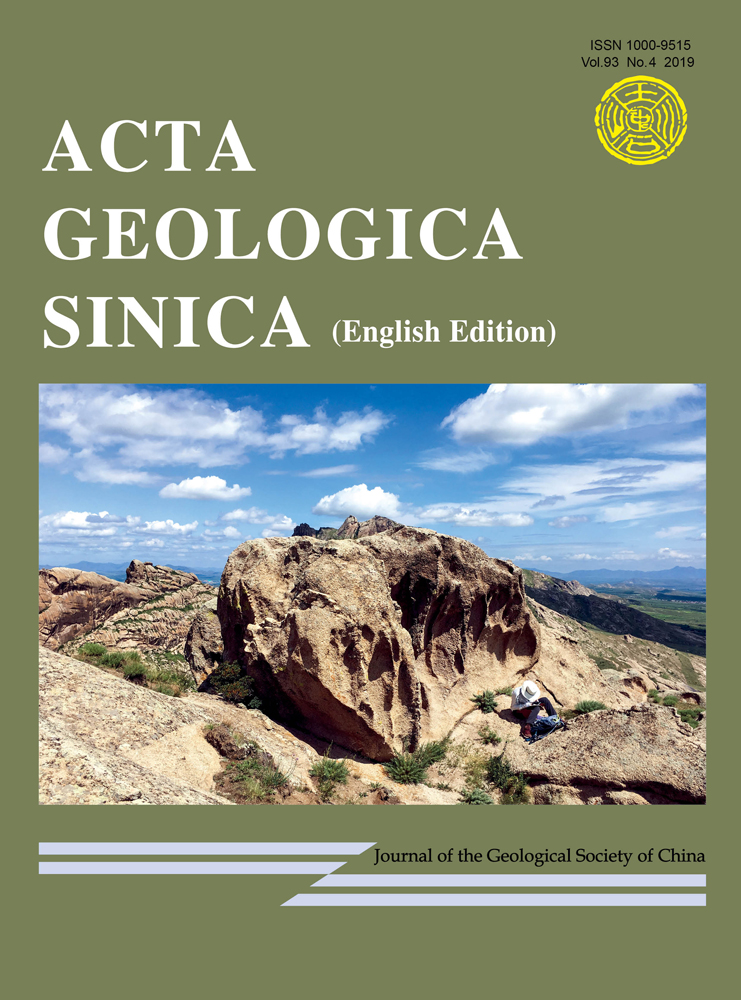A New Fracability Evaluation Approach for Shale Reservoirs Based on Multivariate Analysis: A Case Study in Zhaotong Shale Gas Demonstration Zone in Sichuan, China
About the first and corresponding author:
LIU Shanyong, male, born in 1987, he received M.S. degree in China University of Petroleum Beijing and Ph.D. degree in Yangtze University; and now he is a postdoctor in Institute of Mud Logging Technology and Engineering, Yangtze University. He is interested in the study on reservoir stimulation and rock mechanics. Email: [email protected]; phone: 18627261726.
Abstract
Fracability characterizes the effectiveness of hydraulic fracturing. The existing assessment methods cannot reflect the actual value of the effectiveness due to a lack of comprehensive consideration and neglect of the influences of engineering factors. This study aims to solve this problem by implementing geological static data and production dynamic data in multivariate analysis in Zhaotong shale gas demonstration zone. First, the reservoir quality index (RQI) was introduced to evaluate the exploration potential by integrating the geological parameters with gray relational analysis. Moreover, the differences in fracturing fluid types and proppant sizes were considered, and the operating parameters were normalized on the basis of the equivalence principle. Finally, the general reservoir fracability index (GRFI) was proposed based on a dimensioned processing of the various parameters. A case study was conducted to verify the accuracy and feasibility of this new approach. The results demonstrate that (1) the organic carbon and gas content are adjusted to contribute the most to the calculation of the RQI, while the effective porosity contributes the least; (2) the fracturing scale is the main operating parameter determining the fracability, which has the strongest correlation with the effectiveness of fracking; and (3) the GRFI has a positive correlation with shale gas production, and the lower limit of the GRFI of 2,000 corresponds to a daily production of 50,000 m3/d; this value is defined as the threshold value of a stripper well. The GRFI is consistent with the productivity trend of shale gas wells in the research block, which suggests that the new model is accurate and practical for well candidate selection.




